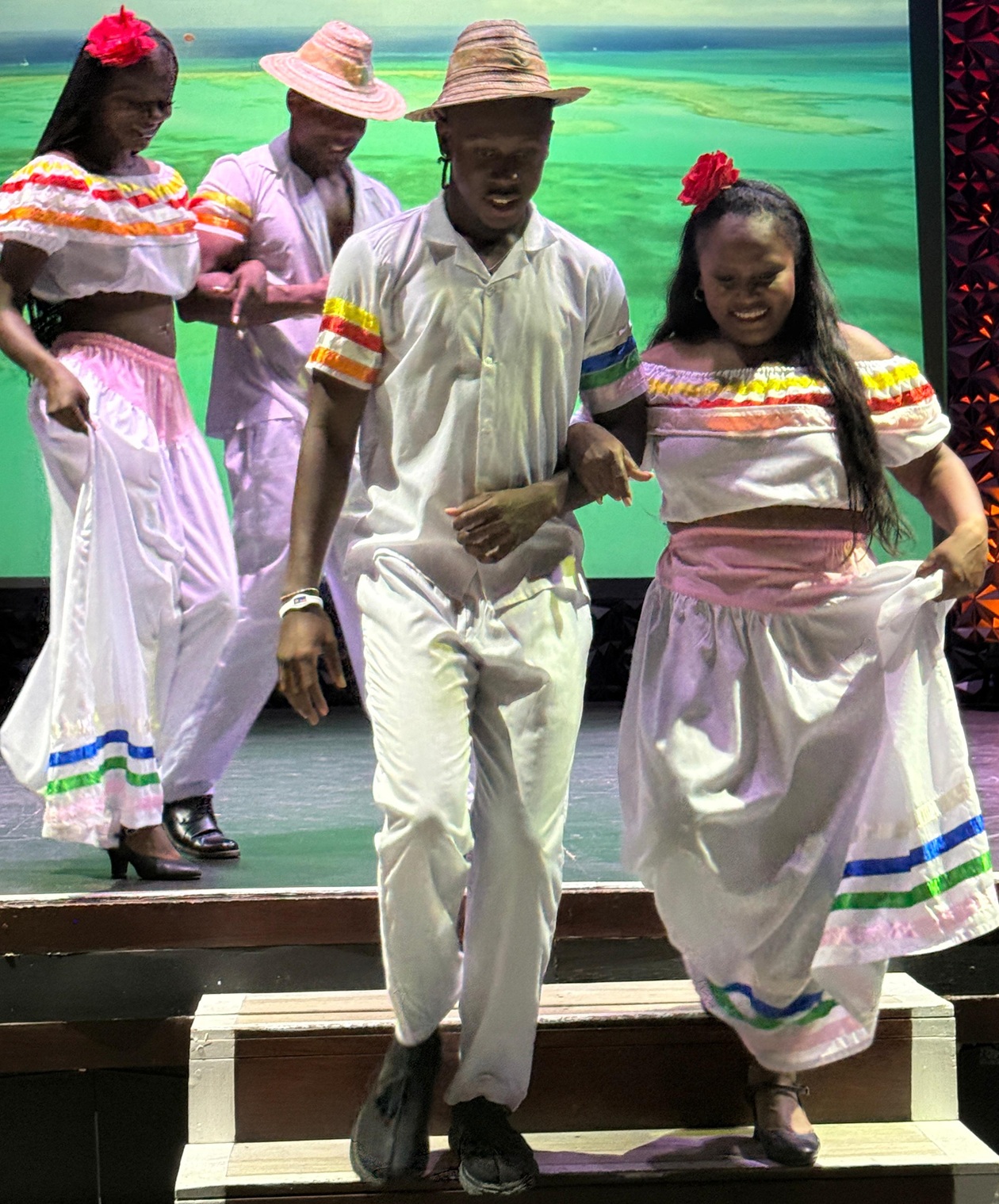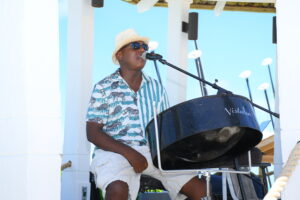By Shanieka Smith
Features Writer
#TurksandCaicos, March 24, 2022 – The Wetlands of Wheeland in Providenciales used to have a more dubious reputation; known for what was not beautiful, healthy or attractive. It was once an illegal site for coal kilns, and a criminal hide-out. But that all changed about nine and a half years ago. Two nature loving individuals explored the area and found a dying natural flora; they resolved to revive it and now the Wheeland Wetlands is an eco-friendly, hiking, educational, adventure trail, boasting natural beauties and rejuvenating power.
At least that is what Charmaine Elliot tells us. The stunning 53-year-old woman, who is a picture of rejuvenation herself, hails from the Fishing Capital, the islands of South Caicos. Her partner, Kimmit Harvey, 47, is from Providenciales and together they have put in the kind of sweat equity, which has brought new life to the area.
It is fair to say that the Wetlands of Wheeland have been massively transformed and today, it is called Kimcha Village Bird Sanctuary.
The lush site, hugging the northwestern shoreline of Providenciales has been cleaned up about 65 per cent. Birds like ducks and flamingos have returned in large quantities, and now it’s like a little island on an island and a home for senior citizens.
“You arrive as visitors, you leave as family,” said Elliot, in speaking to us about her earth-friendly retreat. She said Kimcha’s long-term goal is to cultivate an official bird sanctuary for the Turks and Caicos Islands.
She added, “…there will be bird walks for you to walk and bird watch.” While explaining this vision, she made mention of Central Park in New York, where there is a bird-watching area. Her dream is similar to that.
“In the Wetlands of Wheeland, there are so many birds, and we have to preserve that. The fact is, this is the only area right now within Providenciales that is actually a virgin wetland; untouched and unspoiled by the booming development in other pockets of the island and the country,” she added.
right now within Providenciales that is actually a virgin wetland; untouched and unspoiled by the booming development in other pockets of the island and the country,” she added.
Elliot says now all the birds are coming in and the goal is to preserve this habitat. Besides the birds, Kimcha Village is also a haven for seniors.
Elliot reflects fondly on her mother, Roslin Louise Higgs-King, who died in 2018.
Her mother inspired the idea to do something for the seniors. As such, Kimcha Village has a Recreational Center, the Roslin’s Seniors Recreational Center, and it provides a wonderful escape.
“Life is not about settling, it’s about living,” she said, quoting the village’s motto as she highlighted that seniors are not old people who are done and to be discarded. She said the Roslin’s Seniors Recreation Center is proof that seniors who can take care of themselves and want to enjoy every moment of the life they still have left.
Charmaine smiled as she explained, “once you want to get active, and you want to walk and you want to get into eco-friendly and all those things, you come to Kimcha Village through the senior’s Center and you will be able to do knitting, and sewing, and plant trees and all these different things to keep you going.”
Elliot’s mother is certainly at peace given the effort being put into this noble and thoughtful retreat.
Elliot advises that on every fourth Saturday since April 2021, they host a seniors’ day. April 2022 will mark one year since starting this adventure for older residents. Motivation is found on the faces of the Seniors and their anticipation every time they visit Kimcha Village on their special day out.
“What we do is do a free day for them, they come down, we cook healthy food. We do everything off the grill, we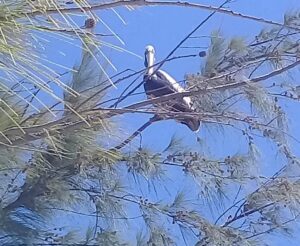 smoke all our meats for hours with cedar wood and we take all the preservatives out of it, we cook with only Cayenne pepper, sea salt, limes, coconut oil, olive oil, all our vegetables are fresh, all our peas are fresh.”
smoke all our meats for hours with cedar wood and we take all the preservatives out of it, we cook with only Cayenne pepper, sea salt, limes, coconut oil, olive oil, all our vegetables are fresh, all our peas are fresh.”
At Kimcha Village, it is all-natural, fresh, and healthy.
These are principals Charmaine have added to her own life and has seen unwanted pounds melt away due her peaceful environment and lifestyle change in diet.
In addition to the monthly seniors day held at Kimcha Village, Elliot shared that they will now be having a fun day for toddlers every third Sunday of each month. There is no doubt this initiative will take off and be a positive, fun, healthy, and educational space for our children.
Despite all of these clear-cut objectives, there are still misconceptions about the wetlands and the Village.
Elliot highlighted that people think Kimcha Village is a restaurant and bar but said she wants people to know that is not the case. She said they are far from a restaurant and bar. The food prepared is for her nature explorers, who she said, “arrive as visitors, but leave as family.”
When asked who or what Elliot and her partner is trying to help, Elliot said the environment, the birds, and people.
Simple.
“We want to help the environment because it’s necessary to protect the environment. Climate change and all the destruction that has happened in that area; we are trying to preserve the area and try to reconstruct that and resort our wetlands to a coastal wonderland where anyone visiting can feel safe,” she expressed.
As it relates to the birds, she said, “we want to bring them back (too) because, with the birds, it’s just more beautiful. It’s the most beautiful thing you want to see or hear in the morning when you wake up… the sound of the birds and the sound of the ocean and the waves and the wind.”
For people, and more specifically, the seniors, are one of the most important aspects of this project, not only because of Elliot’s mother’s dream when she was alive, but Elliot is passionate about changing the fact that there is nowhere for seniors to go. It’s as if because they are older, they are forgotten. Kimcha Village remedies that, she believes.
“This area and this project will give them a place to actually go and socialize and be safe and be healthy. And we want to be able to use this as an educational program for the schools, the island forest, for the Turks and Caicos to learn,” she said.
This passion was not birthed in the traditional classroom setting or college lecture hall. Now, like Kimcha Village Bird Sanctuary, this zeal is all natural.
Elliot reveals, when quizzed about whether formal training inspired her drive, that neither she nor Kimmit had gone through a formal system or training. The passion and education were passed down, it is a legacy of love for the natural heritage and incomparable beauties of every part of the Turks and Caicos Islands… and sharing that with everyone; young or old.
Kimcha Village Bird Sanctuary is located at 618 Quarry Road, Wheeland Wetlands, Wheeland, Providenciales.
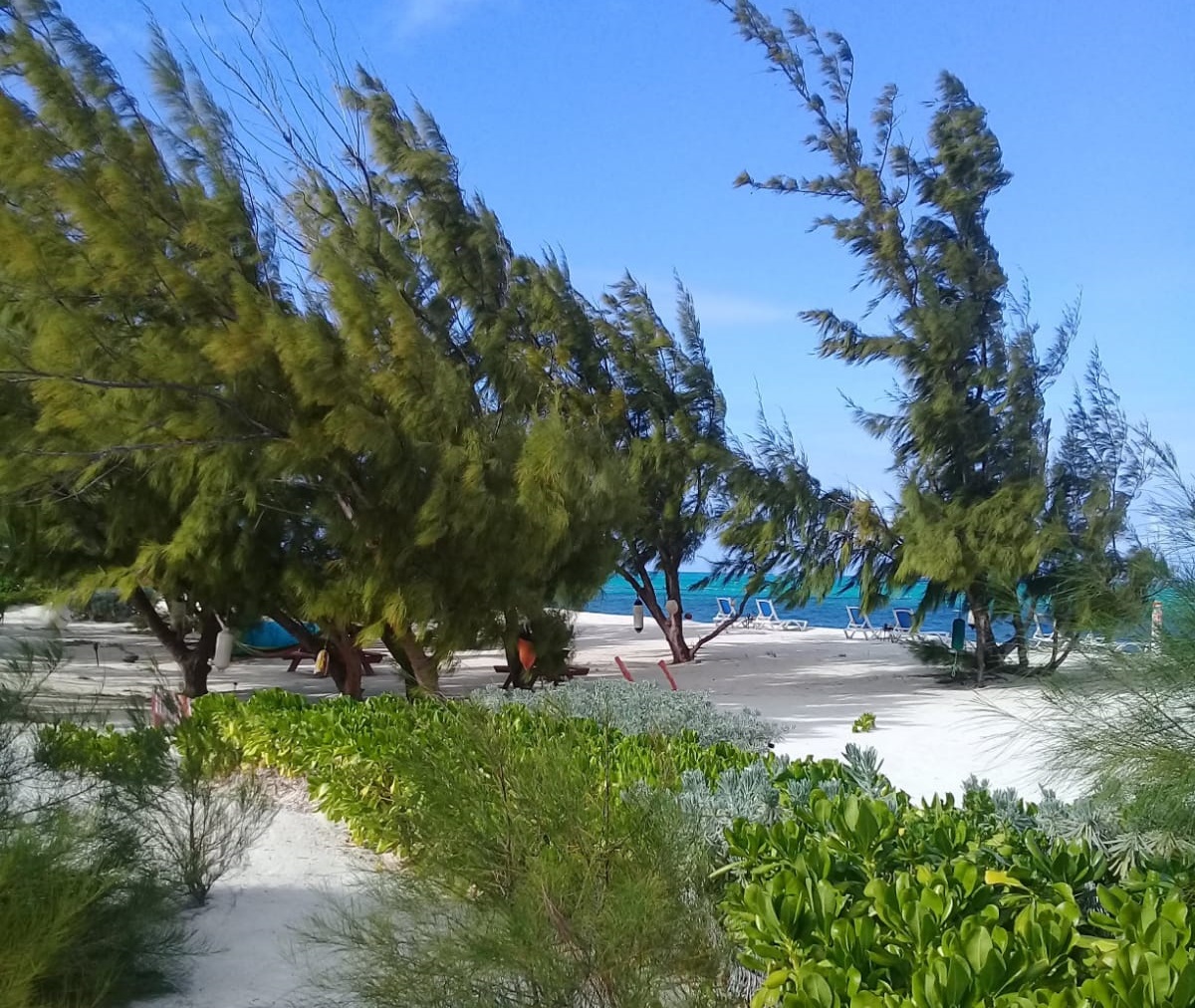
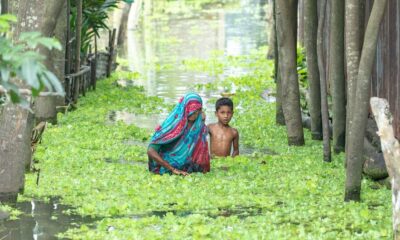
 world news7 days ago
world news7 days ago
 TCI News6 days ago
TCI News6 days ago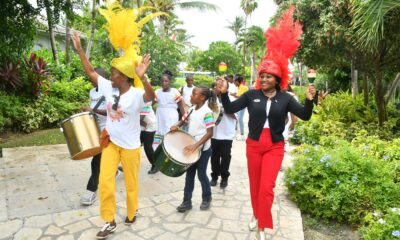
 TCI News1 week ago
TCI News1 week ago
 TCI News1 week ago
TCI News1 week ago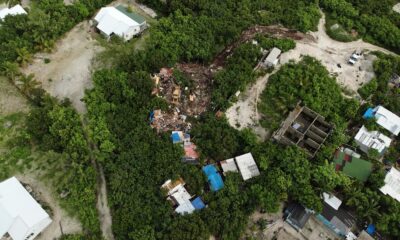
 Uncategorized1 week ago
Uncategorized1 week ago
 USA6 days ago
USA6 days ago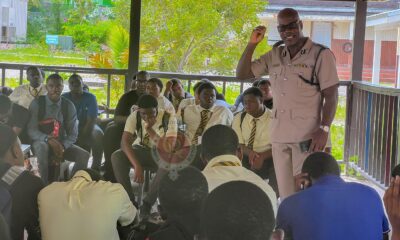
 TCI News7 days ago
TCI News7 days ago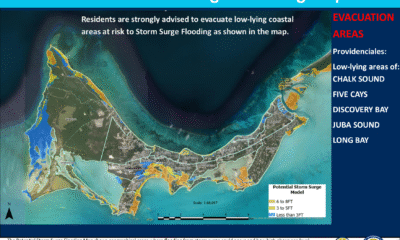
 TCI News3 days ago
TCI News3 days ago




